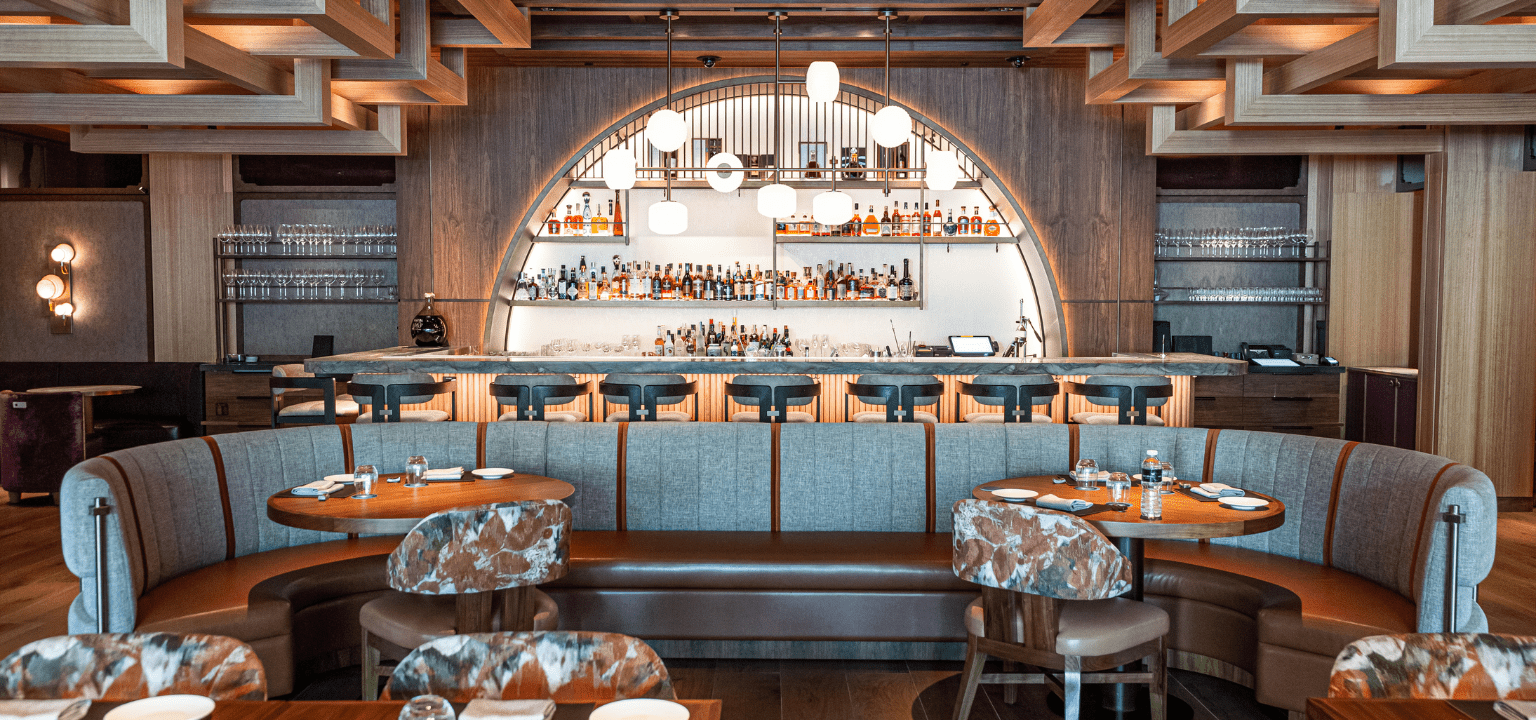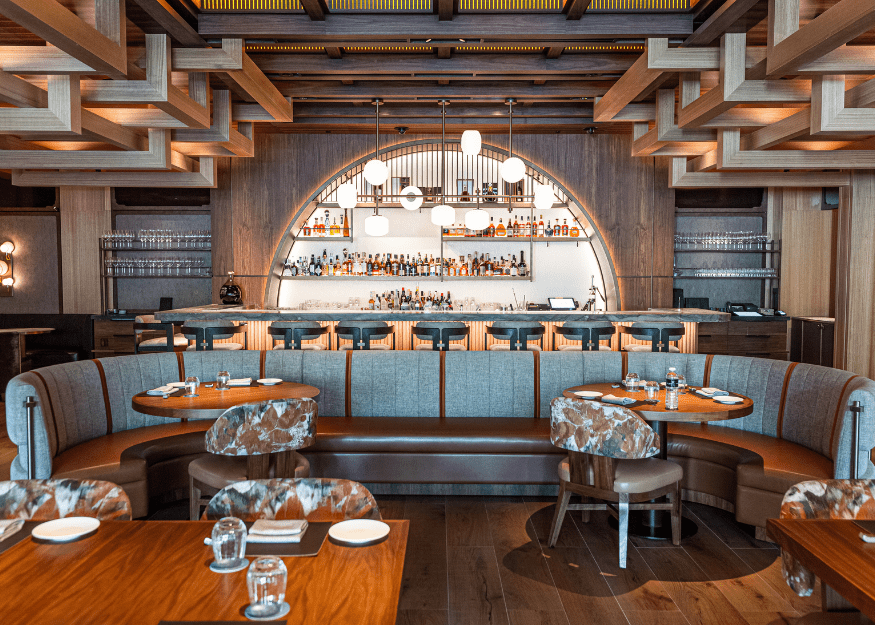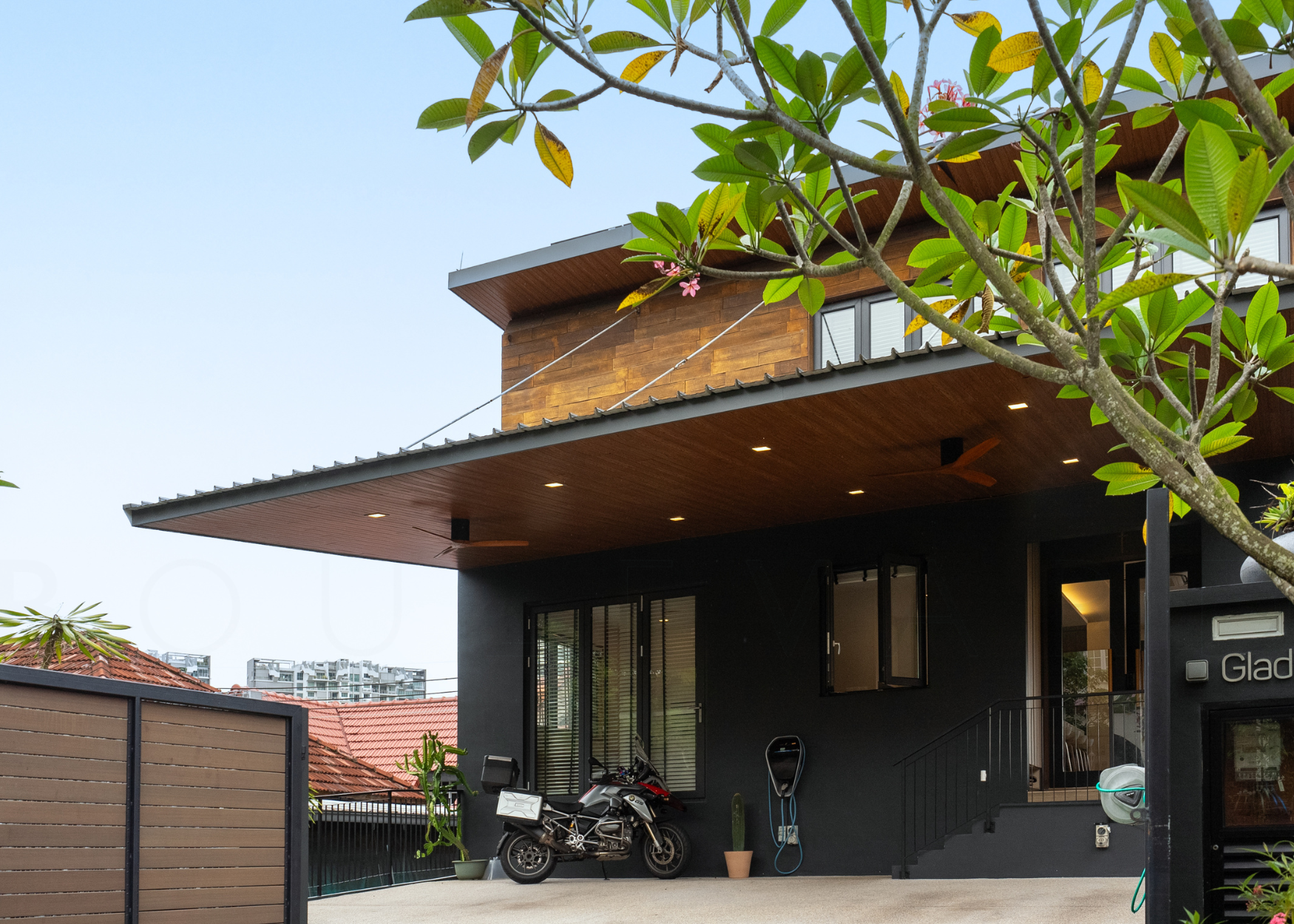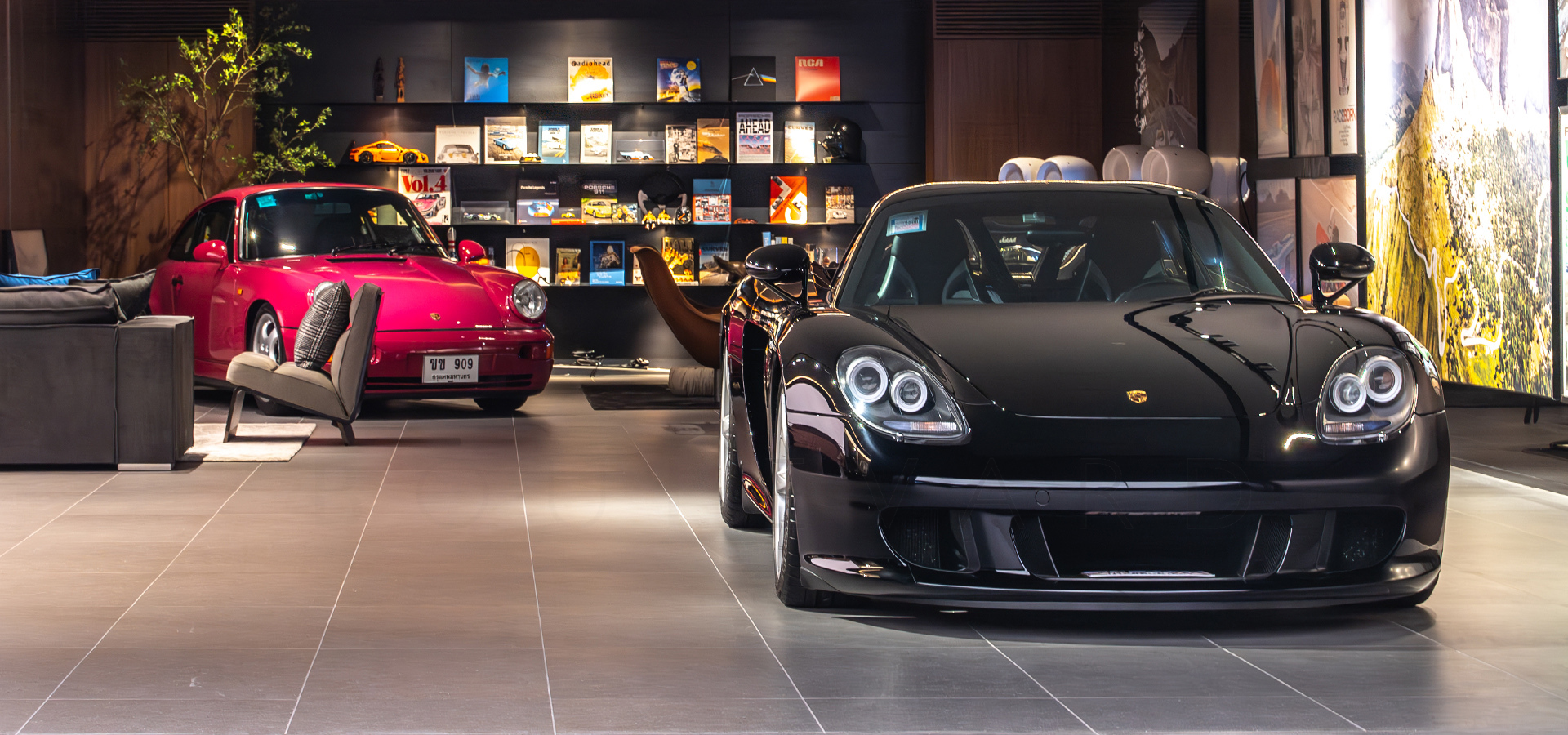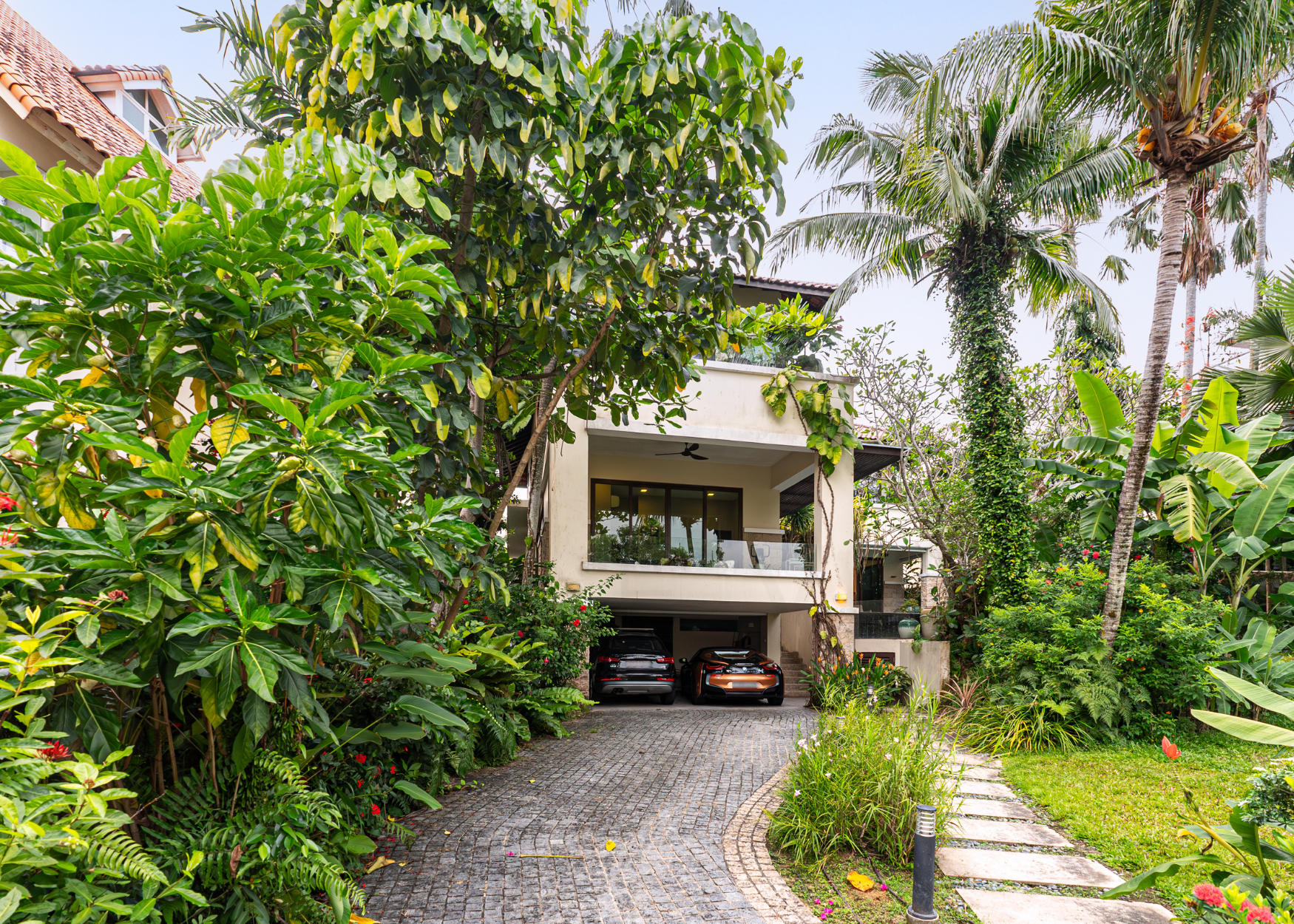The interview: Tetsuya Wakuda, acclaimed chef and owner of Tetsuya’s, on cultivating timeless taste
Today, like most Sydney suburbs within easy reach of the CBD and harbour, Rozelle has been thoroughly gentrified. Back in late ’80s, however, this inner-west enclave — considered since the early 20th Century to be one of the state’s most underprivileged, polluted areas — maintained a steely grip on its original unvarnished industrial character.
Having yet to earn the ‘trendy’ appellation that had newly been attached to neighboring Balmain, in those days, suffice to say, Rozelle was by no means a fine-dining mecca. Not unless you considered a kebab with the lot the height of gourmet taste.
That all changed with the arrival in the suburb of Tetsuya Wakuda. Wakuda had landed in Australia from his native Japan in 1982, swiftly working his way up from kitchenhand gigs to heading sushi duties at Australian culinary legend Tony Bilson’s Kinsela’s, Darlinghurst. By 1989, after running a restaurant in Ultimo for a couple of years, which he’d named for the suburb, Tetsuya had grown sufficiently confident to open an establishment under his own moniker.
So it was that, in an unprepossessing converted terrace at 729 Darling Street in Rozelle, Tetsuya’s was born. Behind the building’s humble façade, diners fortunate enough to secure a reservation at this 55-seater found an oasis of Zen serenity, where Wakuda worked in a minuscule kitchen to create beautifully crafted fare.
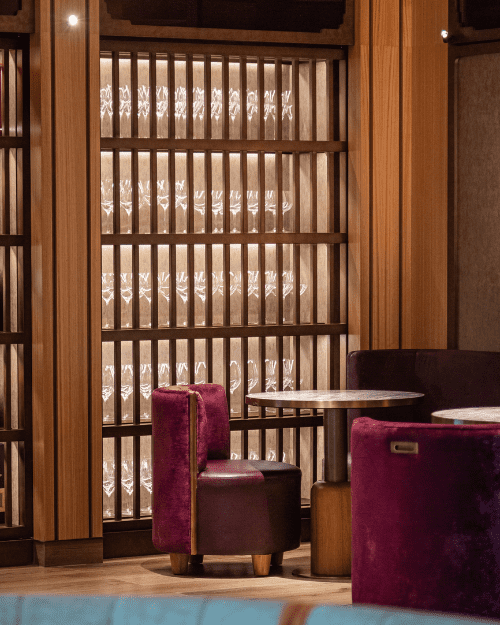
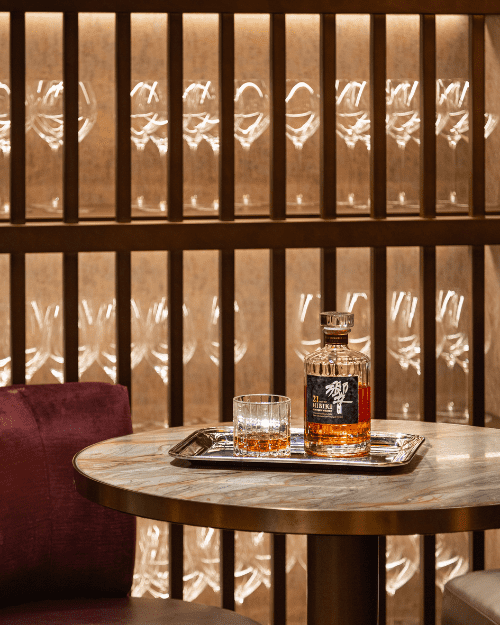
An early newspaper review published not long after the restaurant opened read, “Tetsuya Wakuda fuses refined Japanese and classic French cuisines in this small but impeccably run and maintained Rozelle restaurant,” where the food “will please diners who appreciate clean flavours and the freshest ingredients.”
The critic complimented the atmosphere: “elegant, spare room, good lighting, pleasingly calm,” and said the “friendly amateur waitresses would put many professionals to shame,” while noting that the $45 set menu included hors d’oeuvres, a three-course meal and coffee.
My first full-on degustation dining experience took place at Tetsuya’s Rozelle in the mid-’90s, by which time prices and the number of dishes served had risen significantly. We didn’t snap photos at restaurants back then, so I have no record of the occasion. (Apart from memories of an incredible meal — a tomato sorbet, despite only being a palate cleanser, haunts me like
Proust’s madeleines.) But if I recall correctly, the intimate interior featured a koi pond crossed with a bridge, stone lanterns and similar examples of classic Japanese design.
A little over a decade after hanging his shingle in Rozelle, Tetsuya had achieved such stupendous success that he was able to move into a far grander structure at 529 Kent Street, in a plum Sydney CBD location. The building Tetsuya’s occupies to this day stands on what was originally part of the estate of James Dowling, a judge appointed to the Supreme Court of New South Wales in the 1820s, whose heritage-listed Judges House (next door at 531 Kent) is one of the last remaining single-storey, freestanding colonial homes in Sydney’s city centre.
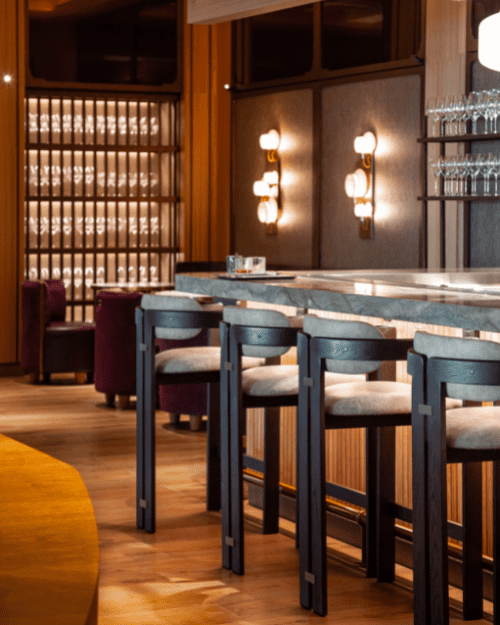
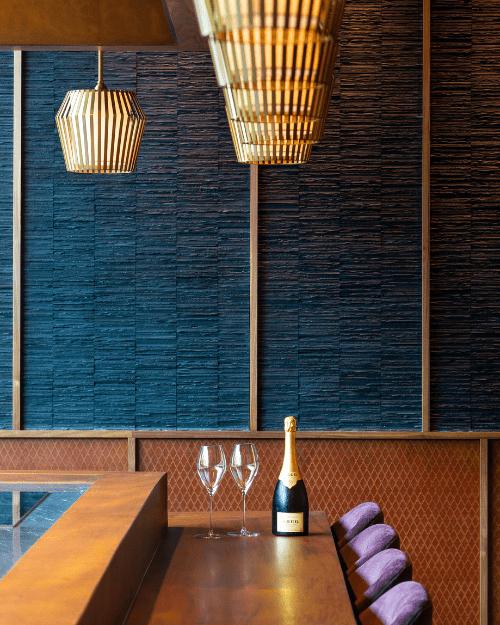
The elegant Japanese-style interiors and gardens of Tetsuya’s on Kent Street have remained little changed over the course of the past two decades. If ain’t broke, don’t kintsugi it, as they say. The décor is as timelessly tasteful and trend-proof as the confit ocean trout with kombu, apple and witlof that has been a mainstay of the restaurant’s menu since its earliest days.
Unfortunately, circumstances dictate that the Sydney restaurant will be undergoing a radical refresh shortly. In 2018, Tetsuya and partners reaped $53.5 million selling the Kent Street property to the billionaire Teoh family of telecommunications giant TPG, who own several surrounding pieces of land. It was announced recently that redevelopment is planned by the new owners, and consequently, Tetsuya’s will need to vacate the premises in 2023.
Sad though it may be to witness the demise of this beloved incarnation of Tetsuya’s, it’s not the end, merely a rebirth — Tetsuya and his team are currently searching for suitable new digs. Besides which, these days, occupying a space for more than 20 years is a good run for any restaurant. Few have the opportunity to stay in one place so long, which perhaps explains why many contemporary restaurateurs create interiors that are cosmetically beautiful, but built featherweight, almost like an event space, in expectation of a finite lifespan.
That’s not how Tetsuya works. Visit his new Singapore restaurant, Wakuda – the second the chef has opened at the city-state’s iconic Marina Bay Sands complex – and you’ll immediately be struck by the rock-solid quality of construction and finishes, exceeding the level of many a luxury residence. Just as Tetsuya aims to create food that stands the test of time, dishes that are beyond trend, exquisitely presented and created using the best ingredients, he similarly strives to bring these qualities to the built environment at his restaurants.
“When a guest visits a fine dining restaurant, they’re seeking excitement and experience, and this is a universal expectation,” the chef says. His goal, with his establishments, is to create “a holistic dining experience, from the food and drinks to the service and ambience — every aspect is closely intertwined to form one unified impression.”
Succeeding is a matter of getting every little thing right: “From the sourcing of exclusive produce, down to every design element and fine craftsmanship, to the level of precision and detail in the cuisine style and presentation,” Tetsuya says.
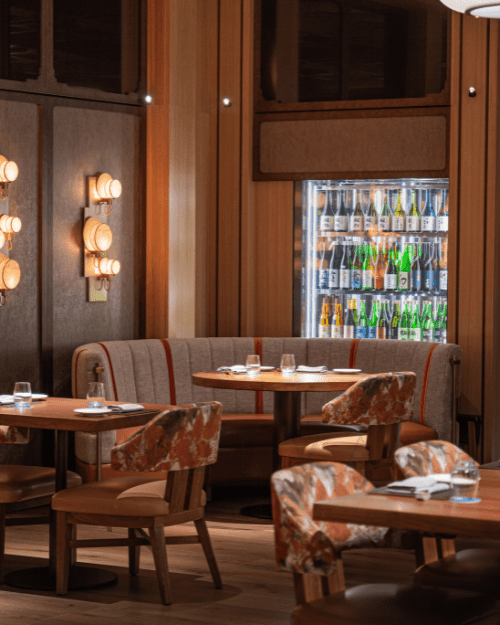
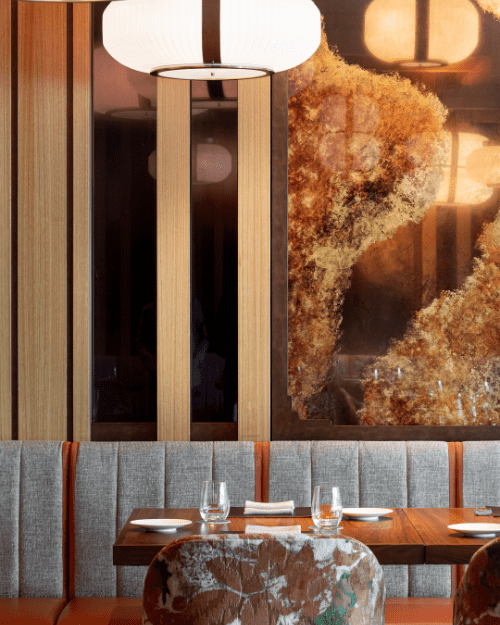
“Consistency is the foundation of every restaurant,” Tetsuya reckons. “We want our guests to return time and again, knowing that we can deliver to their expectations. And achieving this consistency requires dedication, time, focus, and the combined efforts of the entire team.”
In building Wakuda, Tetsuya teamed up with US-based architecture and interior design firm Rockwell Group. Brimming with warm autumnal tones, tactile stone surfaces and accents of brushed bronze, the restaurant and its façade feature swathes of Kumiki, a technique of wood joinery dating back 1,500 years to the Asuka period — communicating Tetsuya’s artisanal approach before you even walk through the door.
During their meal, guests who manage to take their eyes off the cuisine long enough to gaze upwards will discover they’re sitting under a creation by Japanese contemporary artist, Jun Inoue. A ceiling mural combining influences from traditional calligraphy and modern graffiti is complemented by an installation of infinity mirrors and LED lighting, their effect redolent of a bamboo forest.
Like Tetsuya’s cooking, this space is a work of art. And like one of the chef’s degustation meals, it’s designed to be enjoyed over a very long period of time.
